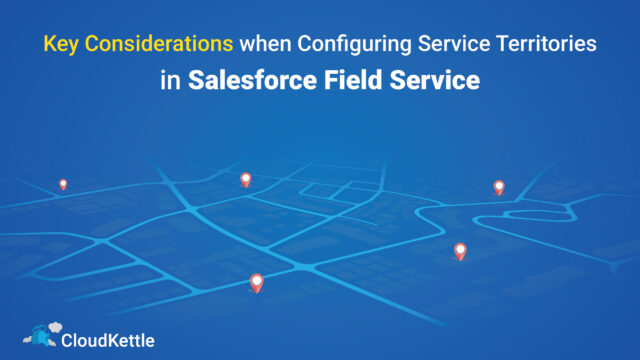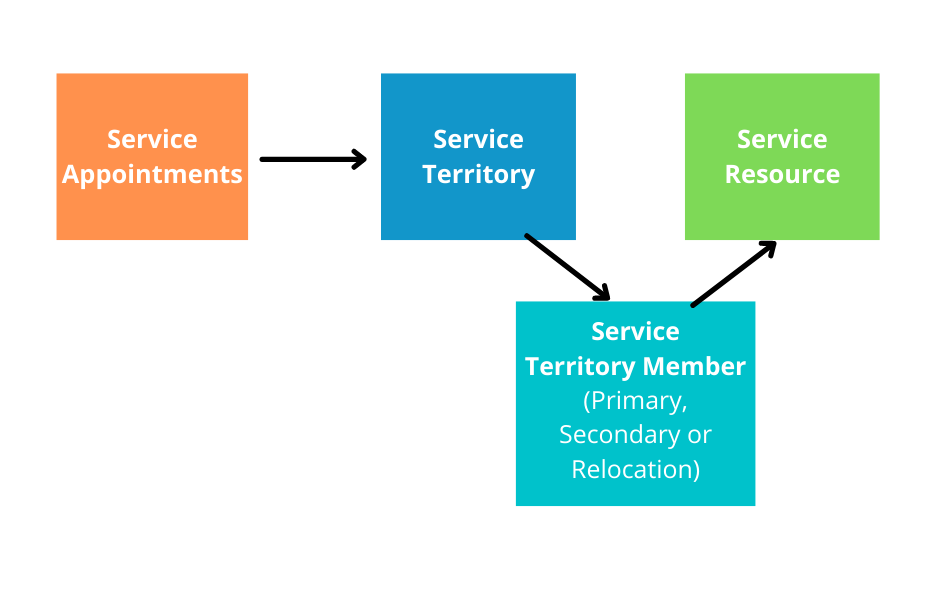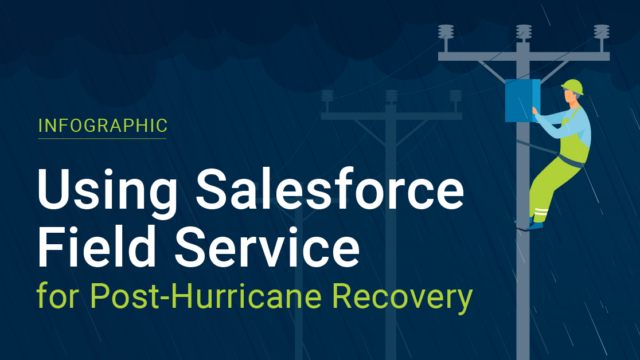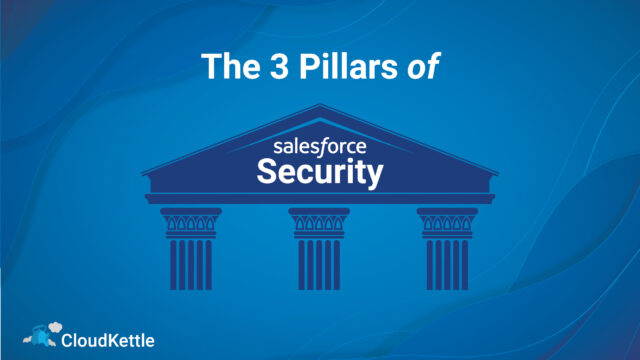Within Salesforce Field Service, the configuration of service territories is a very important step. Making sure that these are set up properly, and aligned with an organization’s business goals, allows Field Service to scale and perform optimally. For this reason, it’s important to ask the right questions before any major decisions are made.
Before we get started, it should be noted that Service territories represent a geographical area or a functional region in which work needs to be performed. These can be based on Geography (eg: Orlando, Miami) or Line of Business (Residential, Commercial).
How you design a territory will depend on your workforce, how they are distributed, whether you work in a rural or urban area and also on whether you use contractual workforce as opposed to internal employees.
Questions to Ask:
- How large will territories be?
- How many teams should Dispatchers manage
- How will Territory Memberships be assigned?
- How will Scheduling Policies be configured? (We’ll dive into this one in the next blog)
How Large will Territories be?
The size of the territory will determine the number of service resources (the actual people doing the work) that will get housed in that territory. If the territory is too large, the number of appointments per day can get overwhelming and also it may result in agents travelling long distances. On the other hand, if the territories are too small, it will result in a large number of service territories, which can also be difficult to manage. So, it is important to find that sweet spot. The best practice is to keep the number of service resources in a territory under 50. This will help to limit the number of service appointments in that territory per day per resource, and also make it manageable for the dispatchers.
How Many Teams will a Dispatcher Manage?
The dispatcher should have a good vantage point to monitor the service resources within a territory and run optimization rules in emergencies. If there are too many resources in a territory, this will lead to inefficiencies and cause performance metrics to be negatively impacted. If there are too few resources, workers and customers alike will quickly become frustrated. Service territories should be designed in such a way that:
- No more than 50 service resource are assigned to a territory
- No more than 10 – 15 resources available for any appointment
- No more than 1000 service appointments per day per territory
- Postal codes or Forward Sortation Areas (FSAs) should not be used as a territory
- Smaller territories are created for urban or densely serviced areas
- Larger territories are created for rural areas
How Will Territory Memberships be Assigned?
Service Territory Member (STM) is the junction object between Service Resource and Service Territory. It is used to associate a resource to a territory with the correct operating hours. A service territory member can be Primary, Secondary or Relocation.
Primary territory is the main work location of the Service Resource. Primary territory membership will define the Resource’s home base (address) and inherit the operating hours of the service territory, or have it defined on the service territory member itself.
Secondary territory refers to a territory where an agent works, other than their Primary. The operating hours can sometimes overlap for primary and secondary territories.
Relocation territory is where a service resource may work when temporarily relocated. There should always be a start and end date for every relocation after which the agent goes back to their primary territory. For example, when an agent goes to a rural area to cover someone or to assist during an emergency.
Remember: Territory Design is Iterative
Designing a territory is not something you get right the first time always. It is very important to talk to the stakeholders with an open mind before designing your territories. It is imperative that you do not bring over the old way of doing things if you are moving from a legacy system. It is also important to set the right expectation and let stakeholders know that it will not be 100% perfect the first time and may require changes along the way to optimize your scheduling.
Do you have thoughts on Territory Design? Want to chat about it? We’d love to hear from you. Get in touch. And stay tuned for more blogs on this topic!




